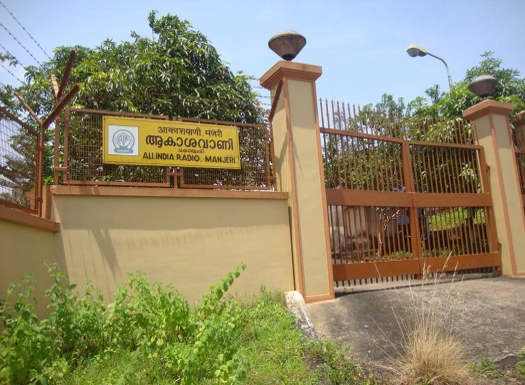Opinion piece by M. Balakrishnan Menon
In social sector communication studies, Radio and Public Service Broadcasting has always been worthy of public auditing and reassessments in terms of relevance and social benefit, considering the huge public funding involved.
Today, radio is at a cross roads as we face a similar challenge about the sustainability of commercial radio with a profusion of filmy talk on the airwaves.
While the less dependable electromagnetic AM/FM transmissions are being turned off in favour of digital solutions, we need to make some fundamental decisions about what radio is and how do we want to continue using it.
The venerable, once magical medium is now taken for granted. Perhaps in order to grow relevant, we need to redefine and mark up the target by deconstructing the way we approach programming basics.
One way could be to drop the prejudice of ‘broadcasting’ and think about the medium with a contemporary perspective.
The idea of addressing ‘millions of our fellow men simultaneously’ may have lost its relevance today with a saturation of information outlets and changed consumption patterns.
Recent experiences around the world where table top tiny community radio stations are grabbing listeners while centrally funded mammoth networks grope for audiences in the fear of losing government funding, the stage is set for dismantling the very grooves that shaped our understanding of the medium.
Once radio was called a medium of democracy as it used less intensive and inexpensive technology but now radio broadcasters around the world have developed complex vertical management structures which are less democratic and more non-interactive.
Certain experiments we initiated on the AIR network at the local radio station at Manjeri in Kerala may be worth an example.
Ulkazhcha in Malayalam is a serial magazine for visually impaired. Its positions itself as a programme ‘wholly produced by the blind as a self-materialisation of their very instinct for survival’.
As its producer, my strategy was to help voluntary organisations in the area of skilling, retraining and rehabilitating the blind.
The very radio announcement of ‘collaboration and partnership’ with their organisations/federations etc enthused them. No funding was necessary for software as the very opportunity was an end in itself for the participants.
So the traditional ‘allotment and expenditure mode’ was discarded.
Diverse segments were identified ranging from talent display to grievance redressal through intervention.
Radio’s success in adapting itself to the rise of television lay in the fact that once turned on and
tuned in, it makes no visual demands on the audience. The unique point of radio is that it is an ‘eyes free’ medium, which enables the listener to conjure his or her own images in ‘the mind’s eye’.
In a visually orientated world, the visually impaired could explore their creativity by adding content besides the In-house support.
Soon, listeners started ringing up the producer for latest info and guidance about IT enablers, screen readers and assistive technology etc.
A partnership with knowledge industry leaders like HumanWare, engaged in empowering people with vision loss was helpful to listeners and some of them could import products like BrailleNoteApex and installed communicator Packages on their mobiles. Some listeners even found suitable matrimonial alliances and shared their joy on air.
The radio programme was instrumental in getting the local council to offer funds for the establishment of a voice library managed by the Young Forum of the Kerala Federation of the Blind.
It is apparent that individual stations for specific communities will be the trend in the future. If the positioning of the station itself helps imagine the type of programming it offer, it could make the station more distinctive and acceptable.
The radio of the future will also be closely knit with streaming new media and web radio.
In the Internet of Things (IoT), it is possible to connect a person in need led to relevant audio streams, especially assuring the easy mobility of the blind. This build up of capacitating faculties will be the role of radio in disaster management also.
It may not be fair to foresee all societies with this kind of access, but in such parts of the world, rewired radio may be one of the solutions for bridging the digital divide.
Radio channels around the world, especially commercial channels in emerging markets which broadcast listeners’ letters, phone chats with presenters, grievances with service providers, legal service matters, coverage of public spaces are likely to be questioned in legal forums.
The ‘public’ has come to an end and so has broadcasting as we know it today.
 M. Balakrishnan Menon heads the All India Radio FM station at Manjeri in Kerala. He has served in various states in the Indian union including a foreign deputation to the United Kingdom to work on the EU India Documentary Initiative on Conflict Resolution project, sponsored by Thomson Foundation.
M. Balakrishnan Menon heads the All India Radio FM station at Manjeri in Kerala. He has served in various states in the Indian union including a foreign deputation to the United Kingdom to work on the EU India Documentary Initiative on Conflict Resolution project, sponsored by Thomson Foundation.

